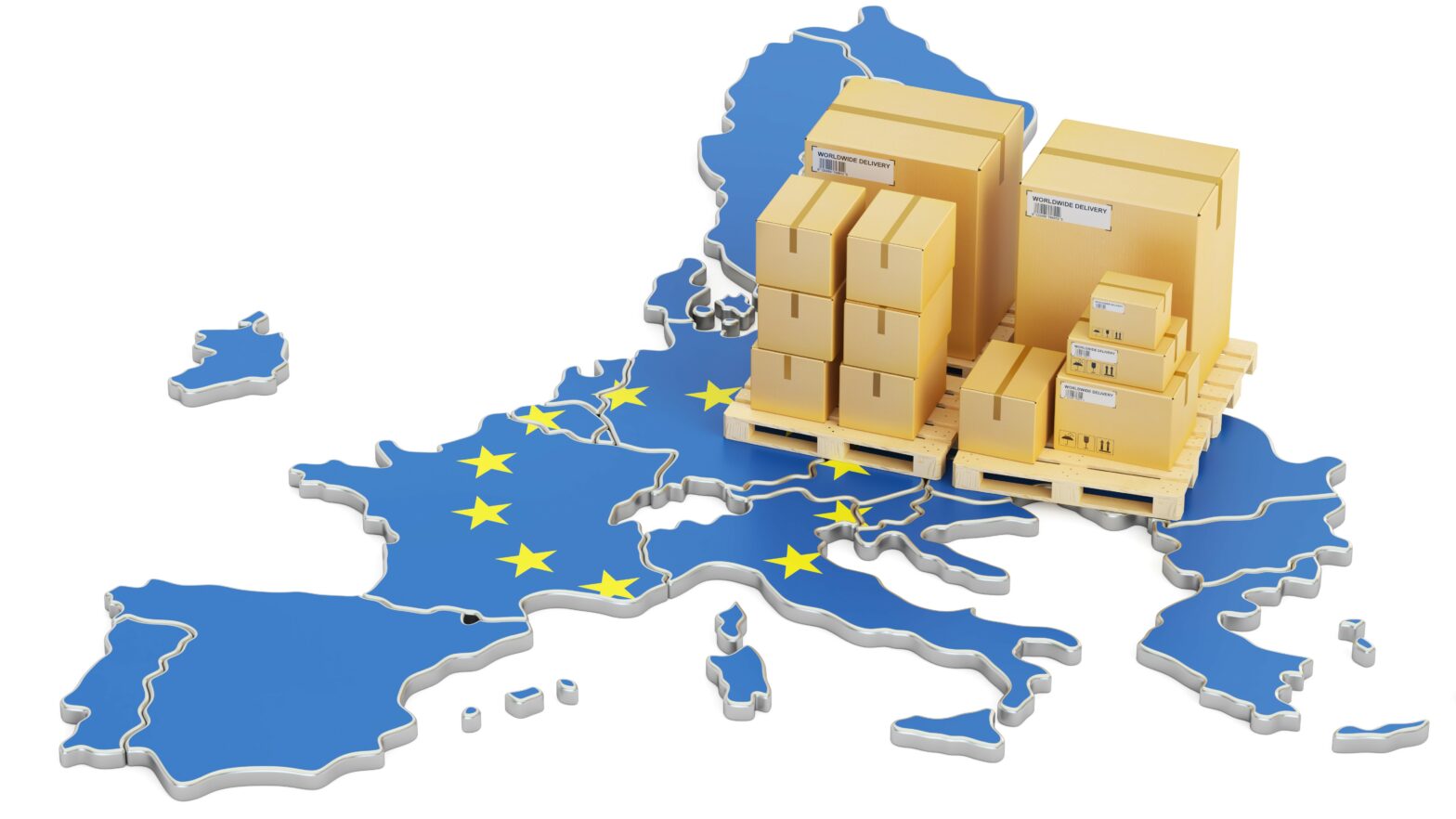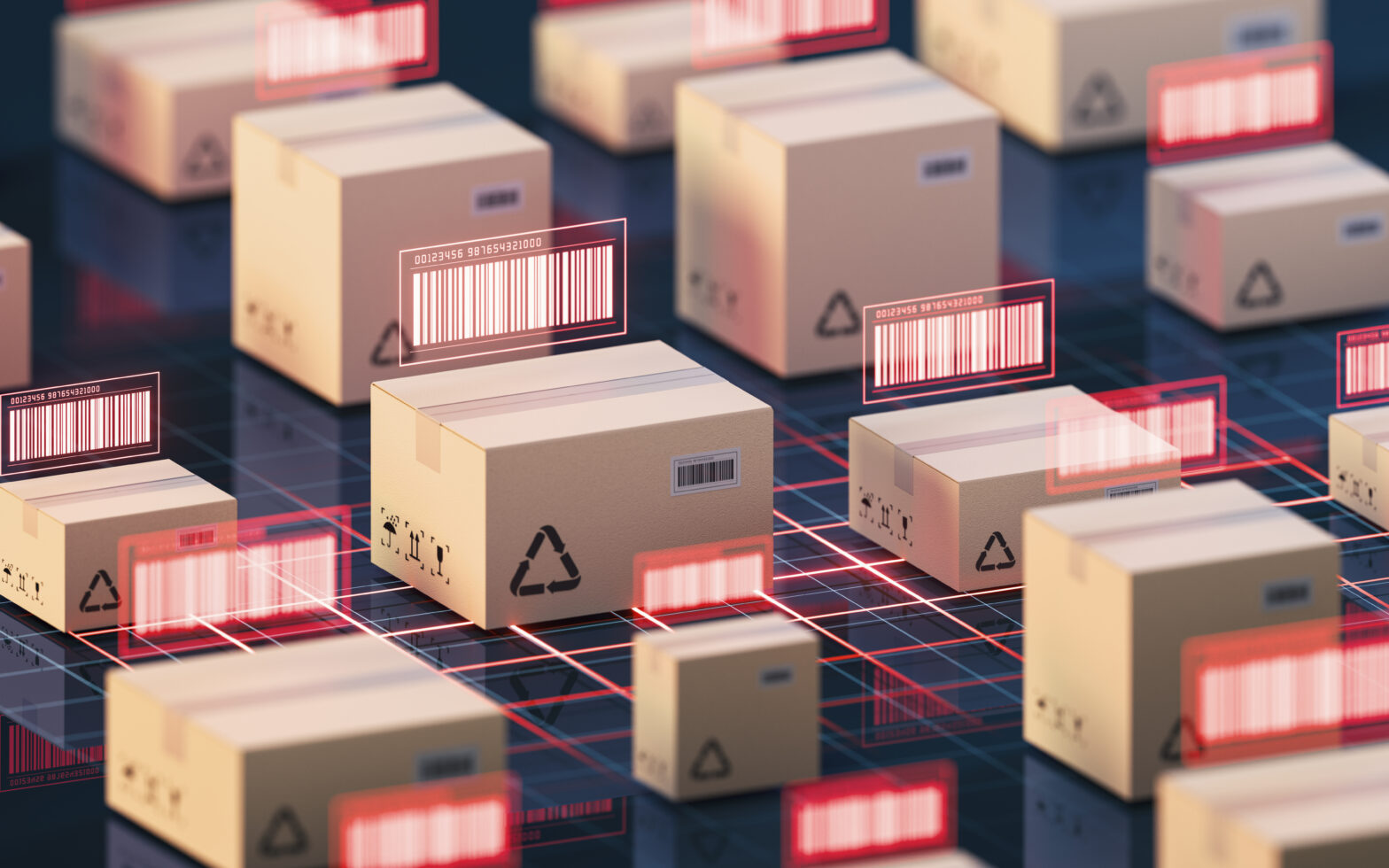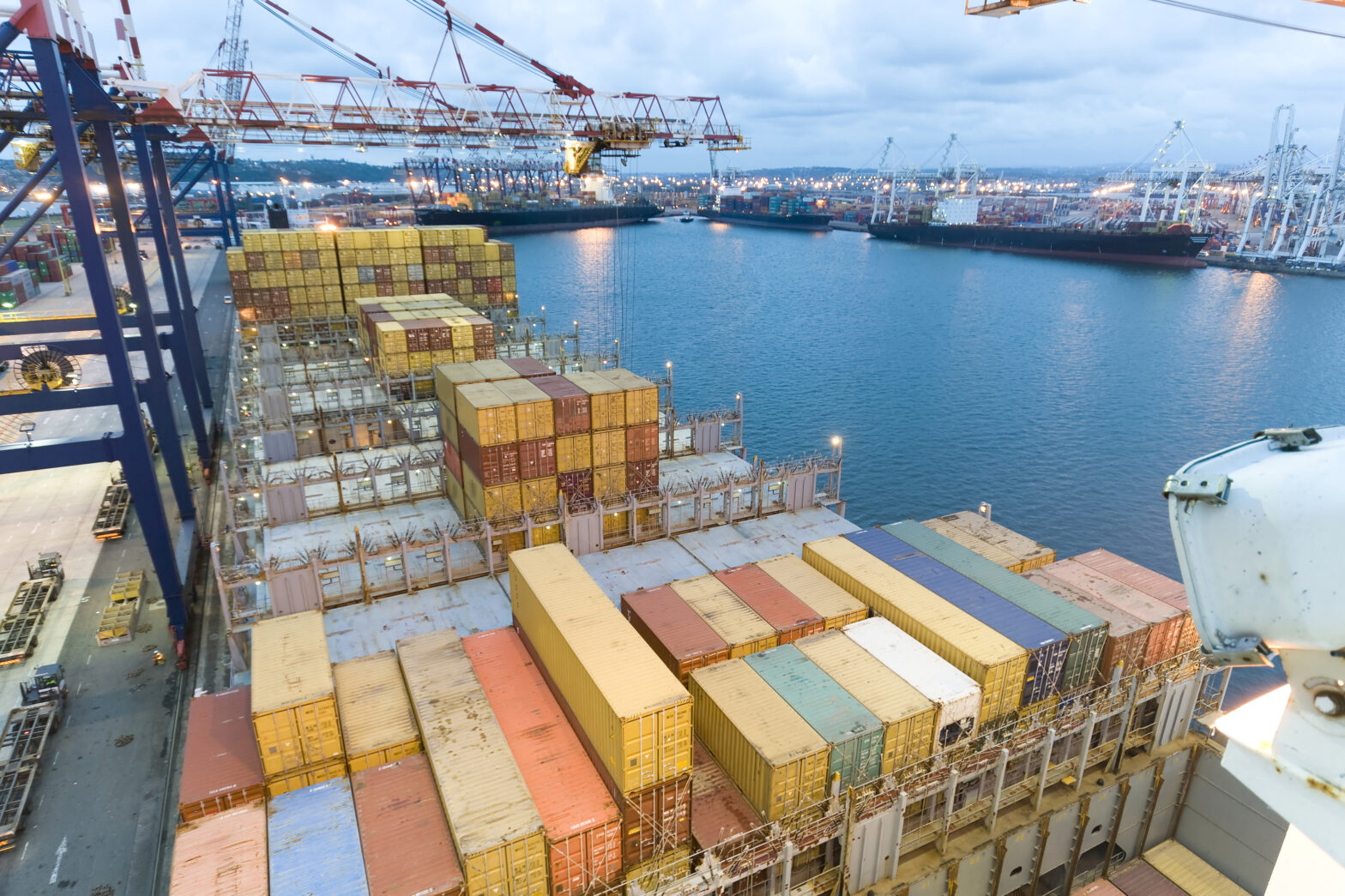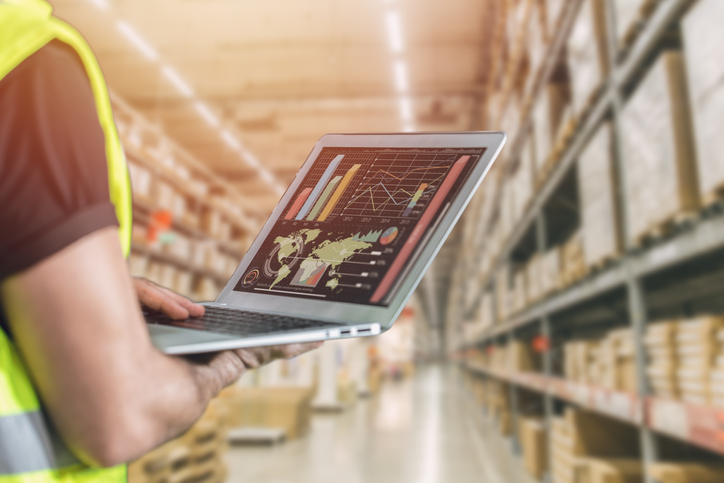A survey released by the British Chambers of Commerce (BCC) in January surveying SMEs found that nearly half (49 per cent) of businesses exporting into Europe reported difficulties in adapting to new rules post-Brexit.
Eight months on, feelings of uncertainty are still rife; a recent UK poll showed that because of changes in VAT on cross-border trade, 65 per cent of small business owners have been put off taking orders from EU customers. Fifty-six per cent report this is due to not understanding changes in rules.
On top of this, confusion has been further exacerbated by Covid, which saw a pandemic-fuelled rise in internet shopping, forcing businesses to re-evaluate their supply chain management.
To enable businesses more time to adjust to the new regulations, under current Government guidelines customs requirements for imports have been “simplified”. Traders are allowed to make a delayed supplementary import declaration, submitting full EU import declarations will be mandatory from 1 January 2022. Since then, there have been further delays surrounding the legislative changes scheduled for the 1st of October amid reports of food shortages.
The delayed onset of changes this October was both expected and welcome, allowing businesses to focus on recovery whilst ensuring supply chains are in order. Until the official onset of full customs declarations from the 1 January 2022, SMEs can start to better themselves by keeping on top of admin to avoid a backlog, or else increase risks of accidental non-compliance. To assist with this, customs agents are on hand to provide guidance through these choppy waters.
Here is what you need to know if you want to import from the EU.
>See also: How to import from China to UK
Don’t be afraid to seek help
Following Brexit, the UK-EU Trade and Cooperation Agreement stated that UK firms across a variety of service sectors can continue to access the EU market, including cross-border service suppliers. Though the agreement outlines clear expectations of the treatment and level of access to each party’s domestic market, as the UK no longer operates under the European Economic Area (EEA), there will still be changes for businesses and services suppliers.
Importing and exporting goods can be confusing at the best of times, so it’s important SMEs develop an effective strategy that enables businesses to cut costs and avoid noncompliance whilst gaining a clear overview of shipping activity.
How to import from the EU
The main options for importing goods, include:
#1 – Via delayed declarations
Aside from controlled goods, for most imports this allows business to keep a record of the goods and delay submitting a full customs declaration and paying customs duties for up to six months following the date of importation. Commonly known as Entry In Declarant’s Records (EIDR), this option will no longer be available from 1 January 2022.
#2 – Through standard import procedures
This covers all goods.
#3 – Using simplified declaration procedures
For both non-controlled and controlled goods (covering off chemicals, food, excise goods and animals), under authorisation businesses can use this process.
#4 – By way of transit
This is a viable option for moving goods through multiple territories or to complete customs formalities away from the border. More details can be found here.
No matter what route SMEs go down, the good news is that companies do not have to spend valuable time and resources executing an in-house digital upheaval to monitor these processes. Instead, SMEs can partner with customs clearance agents already armed with the software and tools to track the onslaught of customs paperwork, track shipments whilst staying aligned with evolving VAT requirements.
>See also: Importing from India
Check the supplier VAT rules
To avoid surprising, accumulated fees when liaising with suppliers, it’s important for SMEs to understand how VAT rules work within a non-EU member state such as the UK.
Prior to Brexit, a supplier selling goods in one EU country (let’s say France) could sell goods to a UK business customer, shipping the goods directly whilst the supply be zero-rated for VAT purposes.
Presently – having left the EU – UK businesses do not possess an EU VAT number. This means the supplier in the EU country cannot obtain the EU VAT number from its UK customer, meaning the supply is no longer zero-rate.
Going forward, goods must be either exported (leaving the EU) or it is an intra-EU supply whereby goods must leave the EU country of the supplier (in this instance, France), and the supplier must obtain their customer’s EU VAT registration number. If the UK business has not registered for VAT somewhere in the EU, the requirement is not fulfilled and the supplier in the EU country (the French company) would have to charge VAT in its EU country when invoicing the UK business.
To overcome this tumult, UK businesses can register for VAT in the same country as the supplier.
The supply secured from the EU would then be a supply to the UK business, charging VAT in the EU country, enabling UK-based businesses to claim back the foreign VAT on its VAT return in the respective country. This would raise an invoice from the UK-customer to the EU customer, resulting in the zero-rated intra EU supply.
Alternatively, your organisation can register for VAT in whatever EU member state the customer is based in. The supply from your chosen supplier would then be able to import EU goods under a zero-rated intra EU supply to the UK business based off the EU VAT number once registered in the customer’s member state.
In doing so, non-EU business members secure a domestic supply within the customer’s member state, with the ability to invoice the customer in the EU with VAT charged applicable to the country in which the customer is based.
Of course, every business is unique but what is critical when importing, is that UK importers must ensure that the Terms of Sale or Inco Term, works for you.
>See also: Import from USA: tips and how-to guide
What next?
Once you’ve completed the process, remember you must keep records of any customs paperwork (including your Import VAT Certificate C79) and commercial invoices. The good news is there are many cloud-based tools on the market which enable you to safely store those records.
We are yet to see how upcoming changes will continue to unfold, so it is imperative SMEs seek advice and stay up to date with regulatory changes to be best prepared for when the official onset of full customs declarations come into play from 1 January 2022.
We advise regularly checking the HMRC Website. Although this might be a lot of information to take on, there are lots of helpful resources out there to offer advice. In the meantime, SMEs can also look to partner with professional customs clearing agents to ease the process and guide them through regulatory hoops. Knowing these processes are being taken care of will then enable SMEs to look internally, focusing on post-pandemic business recovery.
Tom Sommer is development director at ChannelPorts
Further reading
Import guide: three essential tips and everything you need to know





